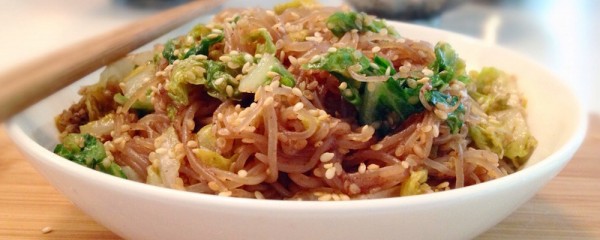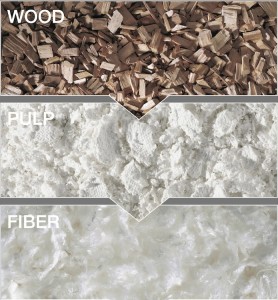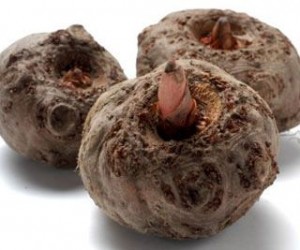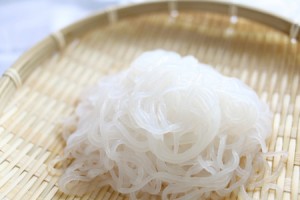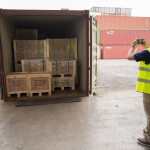19
Nov 2015
TEXTILE TECH TO PRODUCE KONJAC NOODLE
The first time you read the title, what do you think of it? Weird? Innovative? Creative? Interesting? Well, at least those thinkings popped up on my mind! In Japan, hundred years ago, Omikenshi Co. innovated this creative idea using the cloth-making technology to turn trees into healthy noodle. It was started because of the tightening competition for the textiles at that time in Japan. Let’s read the full story!
Rayon (a fiber made from tree pulp) is the best selling product of Omikenshi Co. Using a similar process, Omikenshi is turning the indigestible cellulose into a pulp that’s mixed with konjac, a yam-like plant grown in Japan. The resulting fiber-rich flour, which the company calls “cell-eat,” contains no gluten, fat and almost no carbohydrate. It has just 60 calories a kilogram (27 calories a pound), compared with 3,680 for wheat.
The New Strategic Plan
Takashi Asami said that they entered the food business as demand for diet food is still going strong, manager at Omikenshi’s strategic material development department, while Japanese textile market is saturated and threatened by rising imports.
There are already noodles made just from konjac, also known as Devil’s Tongue or Voodoo Lily because of the plant’s striking flower. But it has been difficult to sell because of its bitter taste, according to Keiichi Ohi, the assistant director for farm export-promotion at the prefectural government office of Gunma, Japan’s largest producer of konjac. That’s where the wood pulp comes in, improving the flavor and texture, according to Asami.
Konjac
In addition, PM Shinzo Abe eased food-labeling regulations in April, that allowing manufacturers to promote health benefits of some products without going through the stringent approvals process of Japan’s health authority. By the end of October, companies had taken advantage of the new rules to register 120 so-called functional foods with Japan’s Consumer Affairs Agency, including 43 from producers that previously didn’t make food. Nippon Paper Industries Co., Japan’s second-largest paper maker, is marketing seedlings of a new tea variety it says helps control cholesterol and alleviate eye strain.
The Konjac Noodle
The Konjac Noodle
Konjac is Japan’s most-protected agricultural product.The government imposes tariffs of 2,796 yen a kilogram, or 990 percent, on imports of the plant to protect local growers, most of whom live in Gunma prefecture, about 100 kilometers (60 miles) north of Tokyo. Japan agreed to reduce the duty by 15 percent under the Trans-Pacific Partnership trade deal.
The trade pact has spurred farmers to try to find markets abroad. Gunma’s agriculture exports rose to 600 million yen last fiscal year, triple the initial target, mostly because of demand for the prefecture’s high-fat wagyu beef for global gourmets and its no-fat konjac for European health-food eaters.
This low calorie noodle can be used to substitute wheat in noodle products such as ramen, pasta, and Chinese dumplings, etc.
“Strategy is choosing what not to do – Michael Porter”
Source: Bloomberg Business

